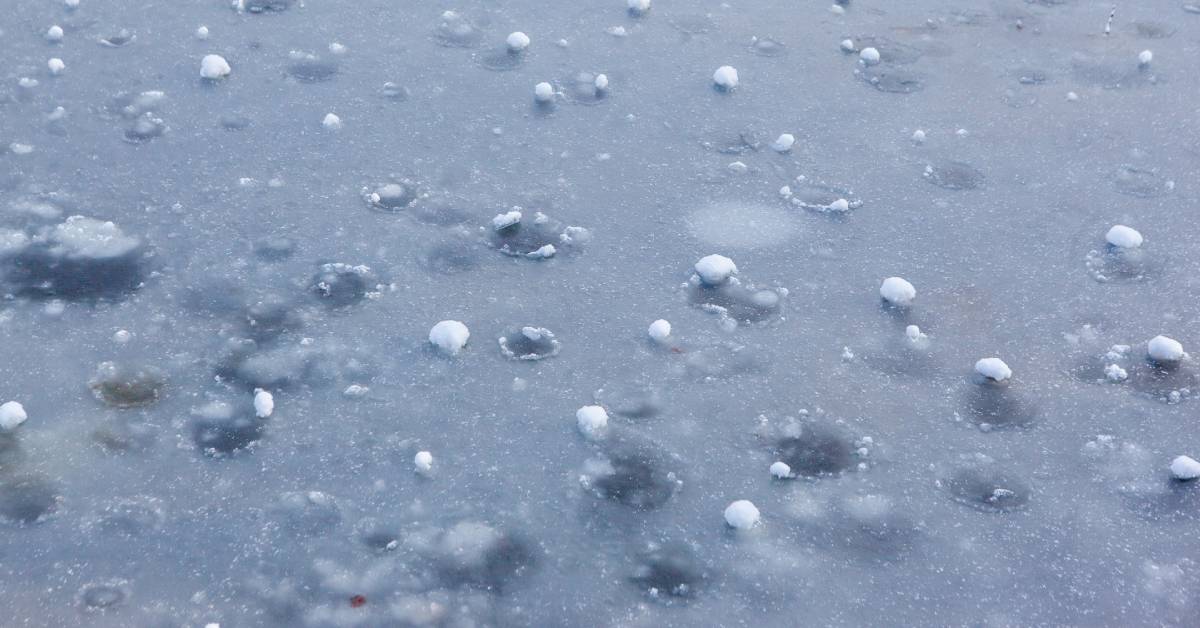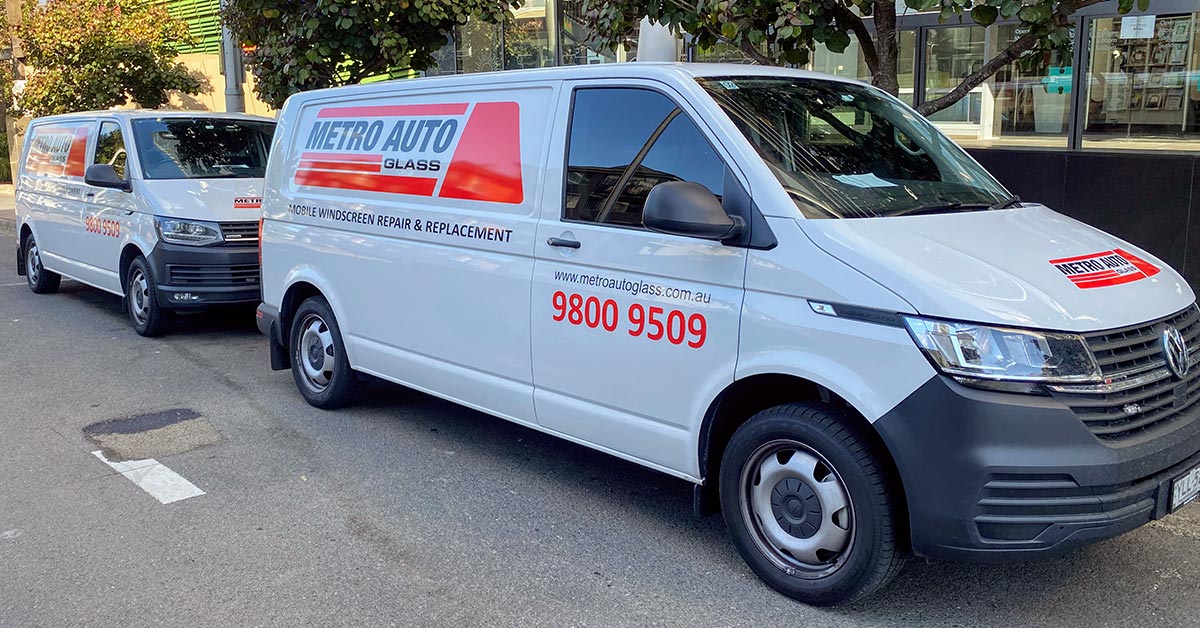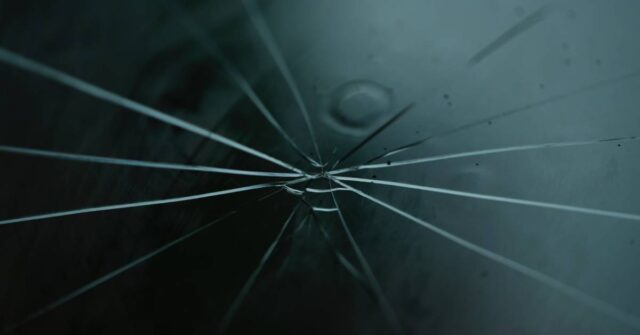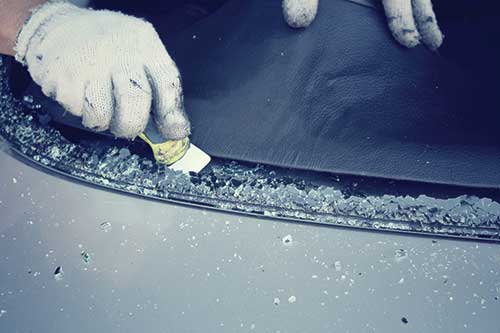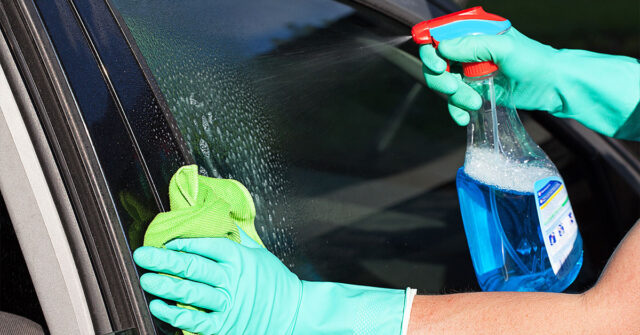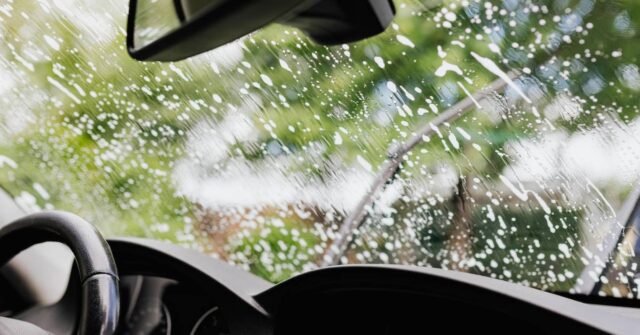Protecting your vehicle during Australia’s sometimes unpredictable hail season is vital. Not only does it prevent unnecessary expenditure, but it also ensures the safety of the vehicle’s occupants.
This guide will walk you through a comprehensive approach to safeguard your windscreen, one of the most vulnerable parts of your car, from hail damage.
Understanding Hail in Australia
Hailstorms can be both fascinating and destructive. In Australia, they can vary significantly in intensity and size, often surprising drivers and leading to damage.
By understanding hail, its origins, and its patterns, you can better prepare for and mitigate its impact.
The Science Behind Hail Formation
Hailstones begin as small ice pellets that grow larger as they’re uplifted by strong winds in stormy conditions usually thunderstorms.
These ice pellets expand by colliding with supercooled water droplets which freeze upon contact.
When these hailstones become too heavy for the updrafts to support, they fall to the ground, sometimes with devastating effects.
Regions Most Affected by Hail
In Australia, hailstorms are most common in the eastern states, particularly in New South Wales and Queensland.
Regions such as Sydney, Brisbane, and the Gold Coast frequently experience severe hail events, although no region is truly immune.
Timing and Duration: Hail Seasons in Australia
While hail can occur at any time of the year, it’s most frequent between September and March. This includes Spring and Summer when thunderstorms are a common occurrence.
This period aligns with Australia’s severe storm season, influenced by the country’s unique climatic conditions. Such storms are often accompanied by strong damaging winds.


Why Preventing Windscreen Damage is Crucial
Your car’s windscreen is its first line of defence against the elements.
Ensuring it remains intact is essential not only for the safety of the vehicle’s occupants but also for the structural integrity of the vehicle itself.
The Safety Aspect
A damaged windscreen can impair a driver’s vision, increasing the risk of accidents.
Furthermore, a weakened windscreen might not provide adequate protection during a collision, endangering the car’s occupants.
Financial Implications of Windscreen Repairs and Replacements
Replacing a windscreen can be costly. Even minor chips and cracks can spread if not addressed promptly, leading to the need for a complete windscreen replacement.
Impact on Car Insurance Premiums
Repeated claims for windscreen repairs or replacements can potentially increase your car insurance premiums.
Furthermore, some insurance policies might not fully cover hail damage, leading to out-of-pocket expenses.
Immediate Protective Measures
When a hailstorm strikes suddenly, quick thinking and immediate measures can be the difference between a safe windscreen and a damaged one. Here are some strategies to consider.
Using Protective Car Covers
Car covers, specifically designed for hail protection, are a wise investment. They can be quickly deployed and offer a first line of defence against falling hailstones.
Choosing the Right Material and Fit
Opt for padded or multi-layered covers as they offer better protection.
Ensure the cover fits snugly around your car to prevent it from being blown away or allowing hailstones to strike the windscreen directly.
Maintaining and Storing Car Covers
Regularly check your cover for wear and tear. Store it in a cool, dry place, and ensure it’s clean and free of debris before placing it on your car to prevent scratching.
Finding Shelter in a Pinch
If you’re caught in a hailstorm while driving, finding immediate shelter can prevent or minimize damage. This could be under a bridge, a petrol station canopy, or any other sturdy structure.
Structures to Look For
Large trees can offer some protection, though they’re not foolproof. Built structures like carports, garages, and petrol stations are more reliable.
However, ensure the structure itself is safe and unlikely to be damaged during the storm.
Using the Natural Environment
In more remote areas, look for natural overhangs or cliffs. While they might not provide complete coverage, they can still offer some level of protection.
Safe Driving Practices During Hail
If you’re caught driving in a hailstorm, it’s essential to know how to navigate safely to prevent accidents and further damage.
Slowing Down and Finding a Safe Spot
Reduce your speed, turn on your headlights, and find a safe spot to pull over. Avoid stopping under trees as they can shed branches during severe storms.
Positioning Your Car Correctly
If possible, angle your car so the hail hits the front or rear rather than the side windows or windscreen, which are more vulnerable.
Long-Term Preparations
While immediate measures are crucial during unexpected hailstorms, long-term preparations ensure your vehicle is always protected, regardless of the weather forecast.
Installing a Carport or Garage
A permanent structure can provide consistent and reliable protection against hail and other elements.
Factors to Consider When Building a Shelter
Ensure the structure is sturdy and uses durable materials. Consider the size of your vehicle and any potential growth in vehicle size in the future.
Drainage is also essential to prevent water accumulation during heavy rain.
Benefits of a Permanent Shelter
Apart from protecting against hail, shelters shield your vehicle from UV radiation, rain, and debris, prolonging the lifespan of your car’s paint and interiors.
Tinting and Protecting Your Windscreen
Windscreen tints and protective films can offer an added layer of defence against hail, reducing the risk of cracks or shattering.
Benefits of Windscreen Tints
Tints can strengthen the windscreen, making it more resistant to impacts. They also offer UV protection and can reduce the interior temperature of the car.
Professional Installation vs. DIY
While DIY kits are available, professional installation ensures the tint or film is applied correctly, maximizing its protective benefits.
Insurance: Ensuring You’re Covered
Understanding your car insurance policy and ensuring it covers hail damage is crucial. Not all policies are the same, and knowing what’s included can save you from unexpected expenses.
Types of Insurance Cover for Hail Damage
Comprehensive car insurance typically covers hail damage. However, third-party policies might not. Always read the policy details and consider adding specific hail coverage if needed.
Understanding Your Policy’s Fine Print
Be aware of any excess fees, limits on repairs or replacements, and any potential impacts on future premiums after making a claim.
Maintenance and Repairs
Regular maintenance checks and timely repairs can prolong the life of your windscreen and ensure it’s always in the best condition to withstand hail impacts.
Inspecting for Minor Damages
Regularly inspect your windscreen for any chips or cracks. These weak points can easily become larger issues during a hailstorm. Addressing them early can prevent more significant damages and costs.
DIY Windscreen Repairs: Do’s and Don’ts
While minor repairs can be done using DIY kits available in the market, ensure you follow instructions carefully. However, for larger or more complex damages, seeking professional help is advisable.
When to Seek Professional Help
If a chip or crack is larger than a one-dollar coin, or if it’s located directly in the driver’s line of sight, it’s best to consult a professional for replacement.
Staying Informed: Weather and Alerts
Being forewarned is forearmed. Keeping abreast of weather forecasts, especially during thunderstorms and hail season, can give you the time to take preventive measures.
Trusted Sources for Weather Forecasts
Rely on official weather channels like the Bureau of Meteorology (BoM) or trusted weather apps that provide real-time updates and alerts for your area.
Setting Up Hail Alerts on Your Devices
Many weather apps allow you to set up specific alerts for hailstorms. This feature can be a lifesaver, giving you a heads-up to move your vehicle to safety or deploy protective measures in time.
Conclusion: Being Proactive Is Key
While we can’t control the weather, we can certainly prepare for it.
By being proactive and employing both immediate and long-term protective measures, you can ensure your windscreen, and by extension – your car, remains safe and sound during Australia’s hail season.
